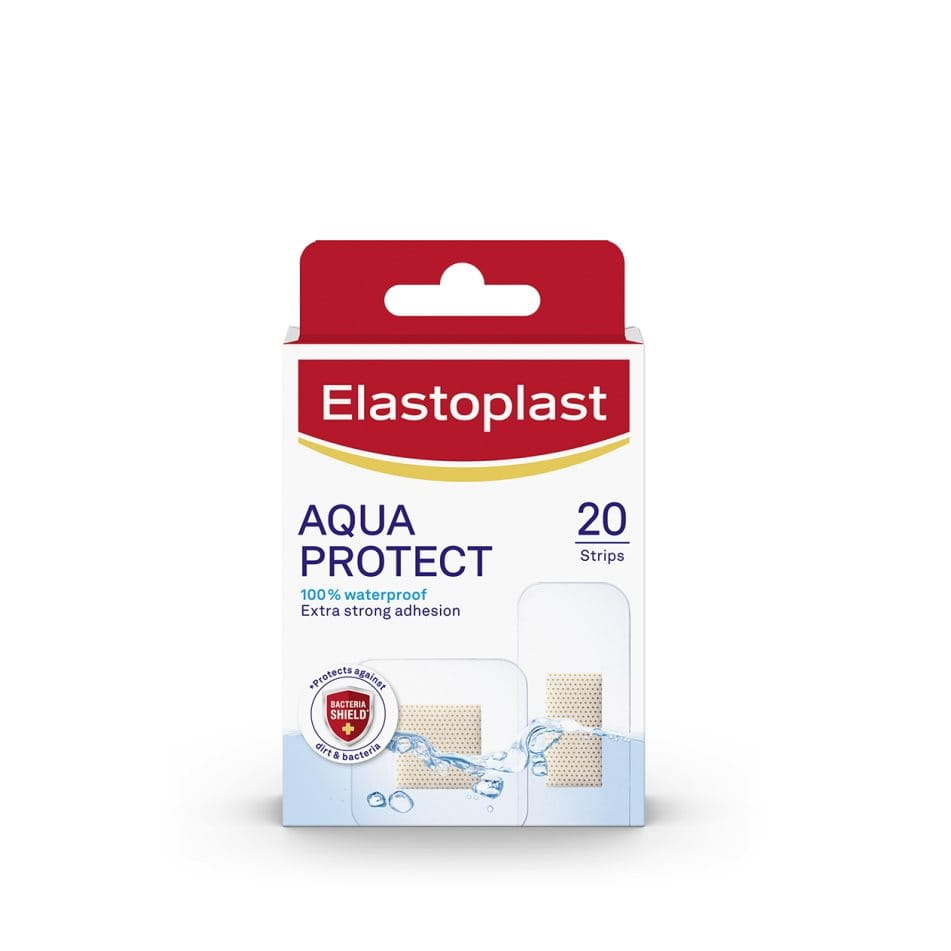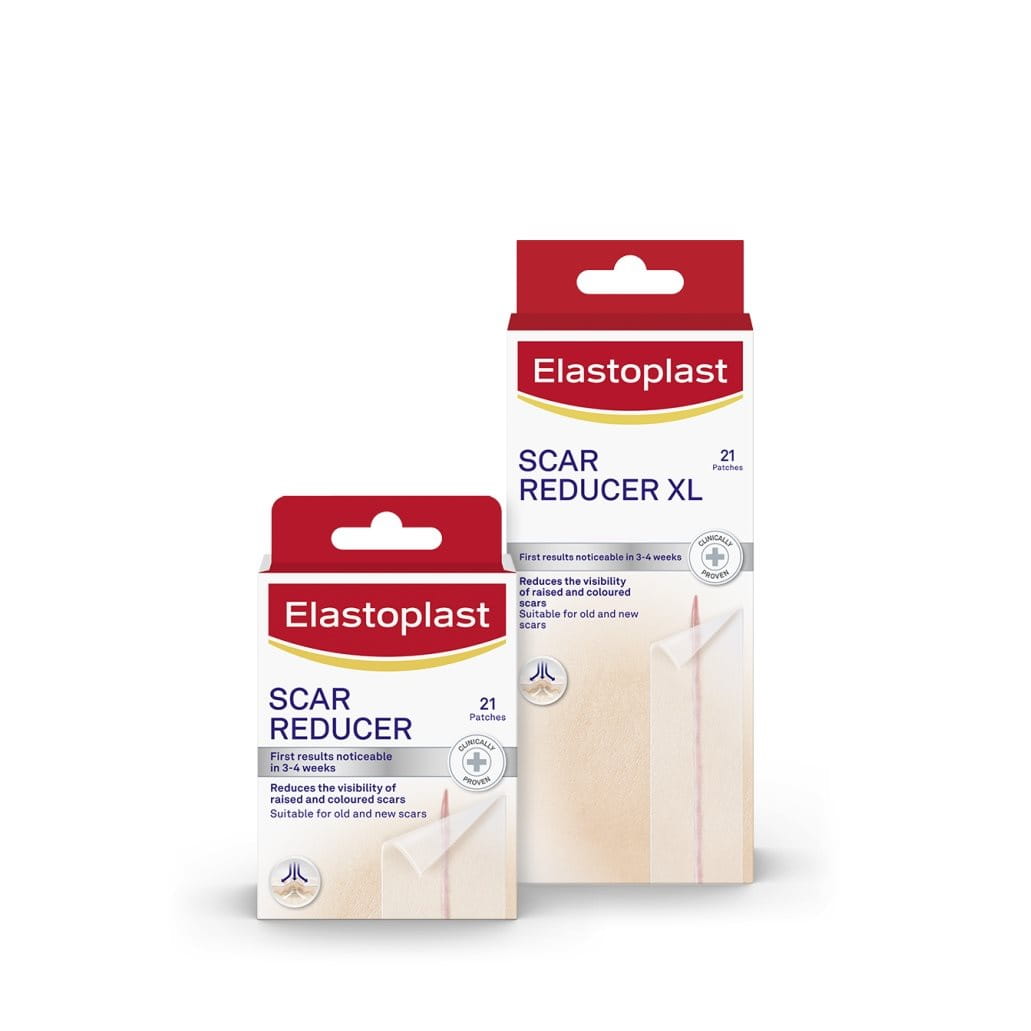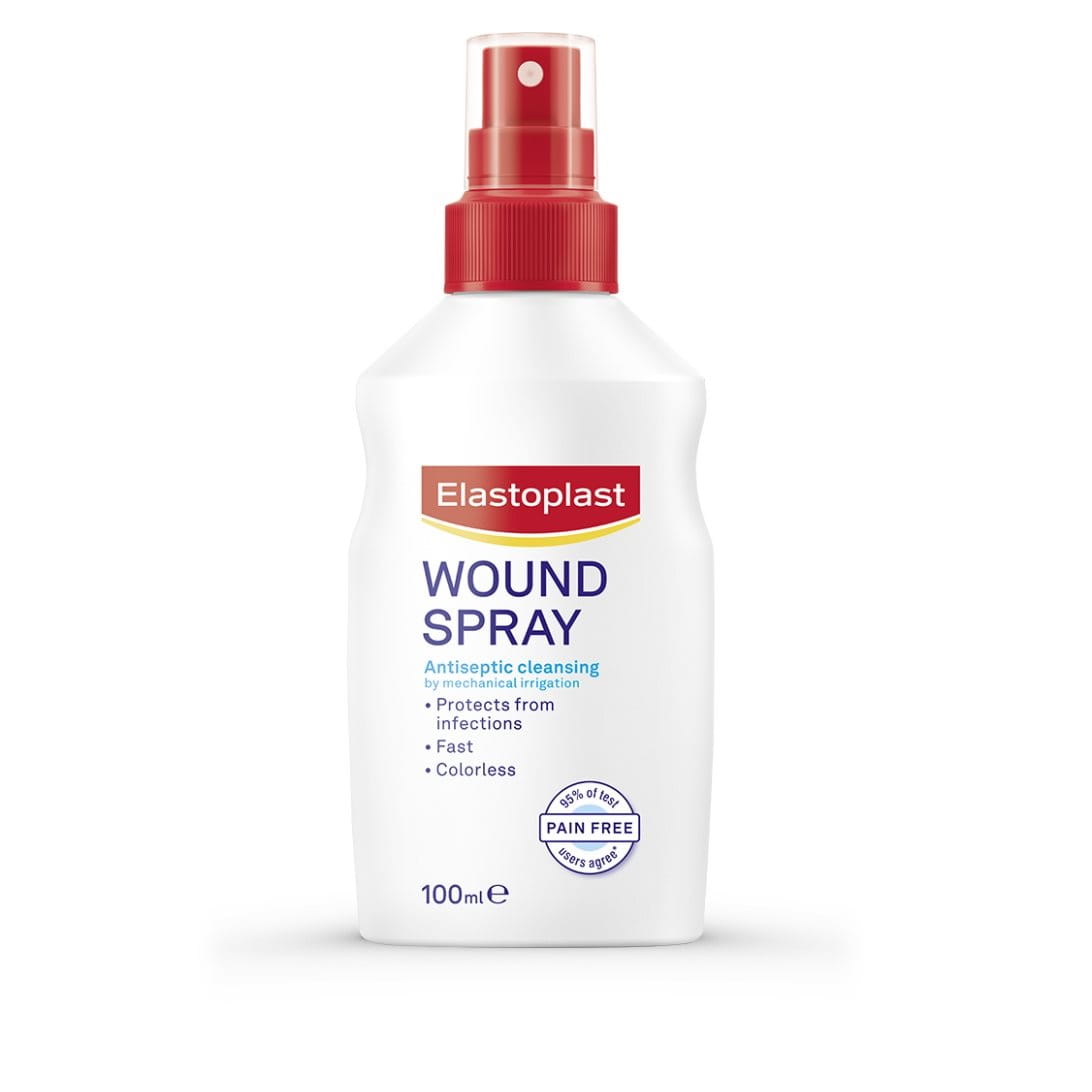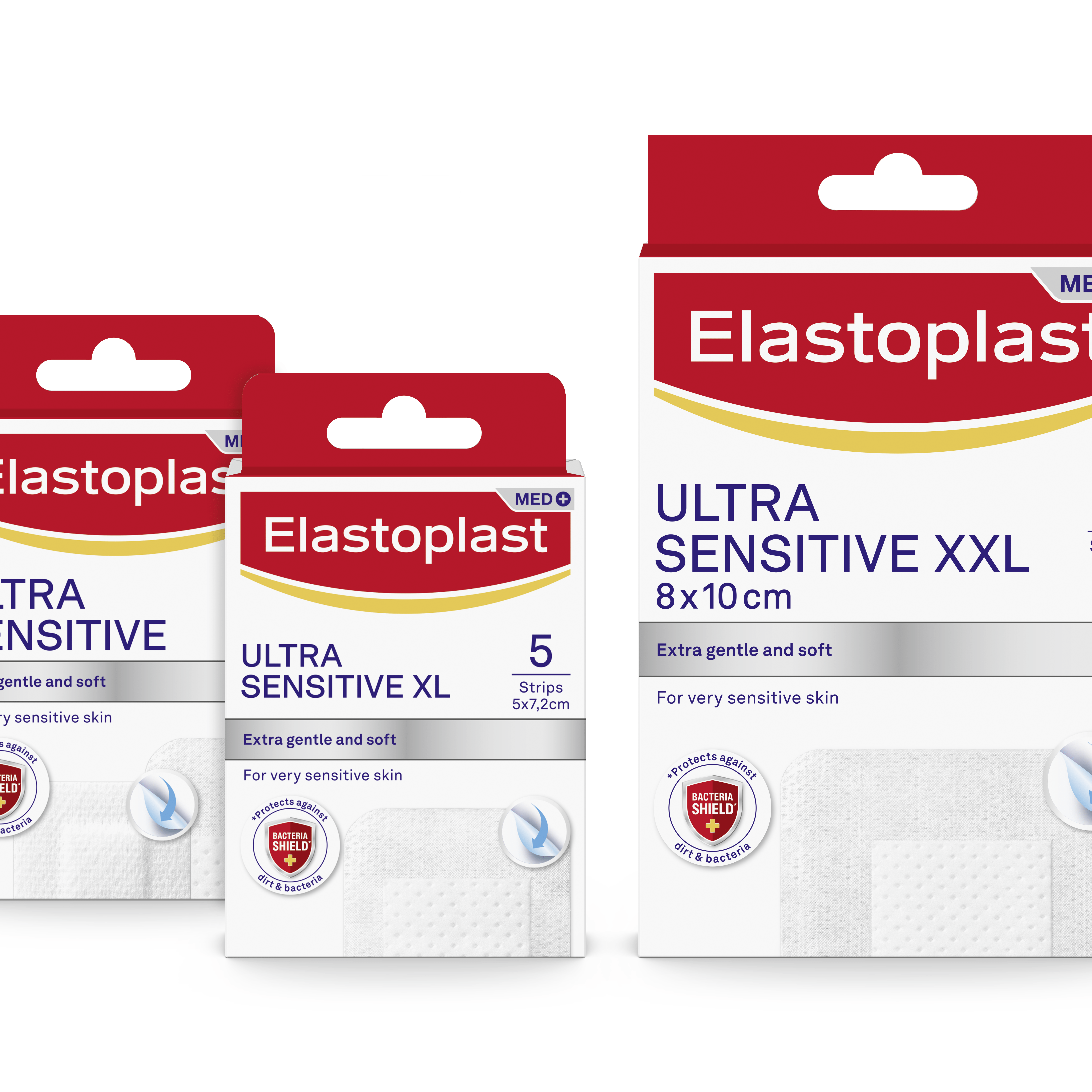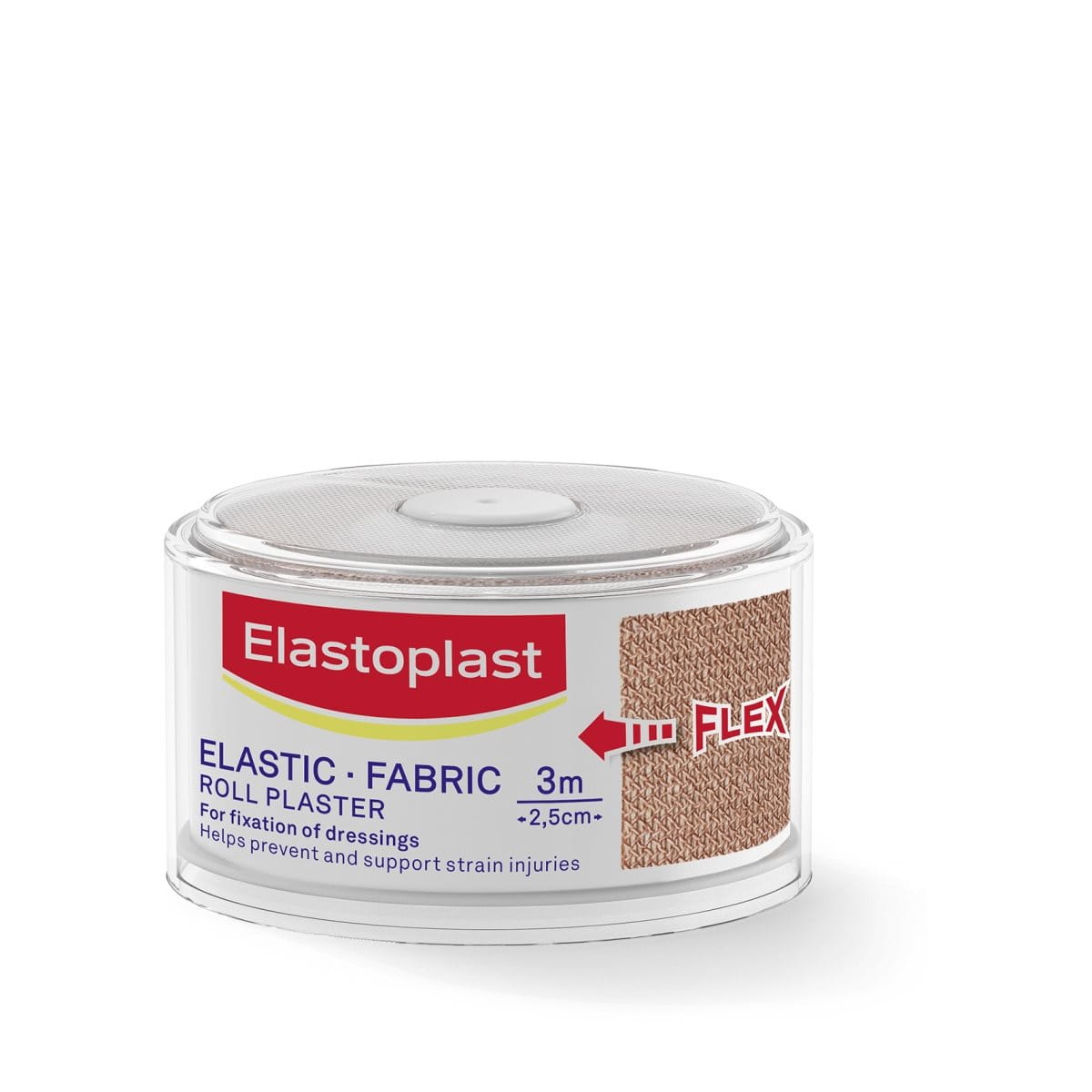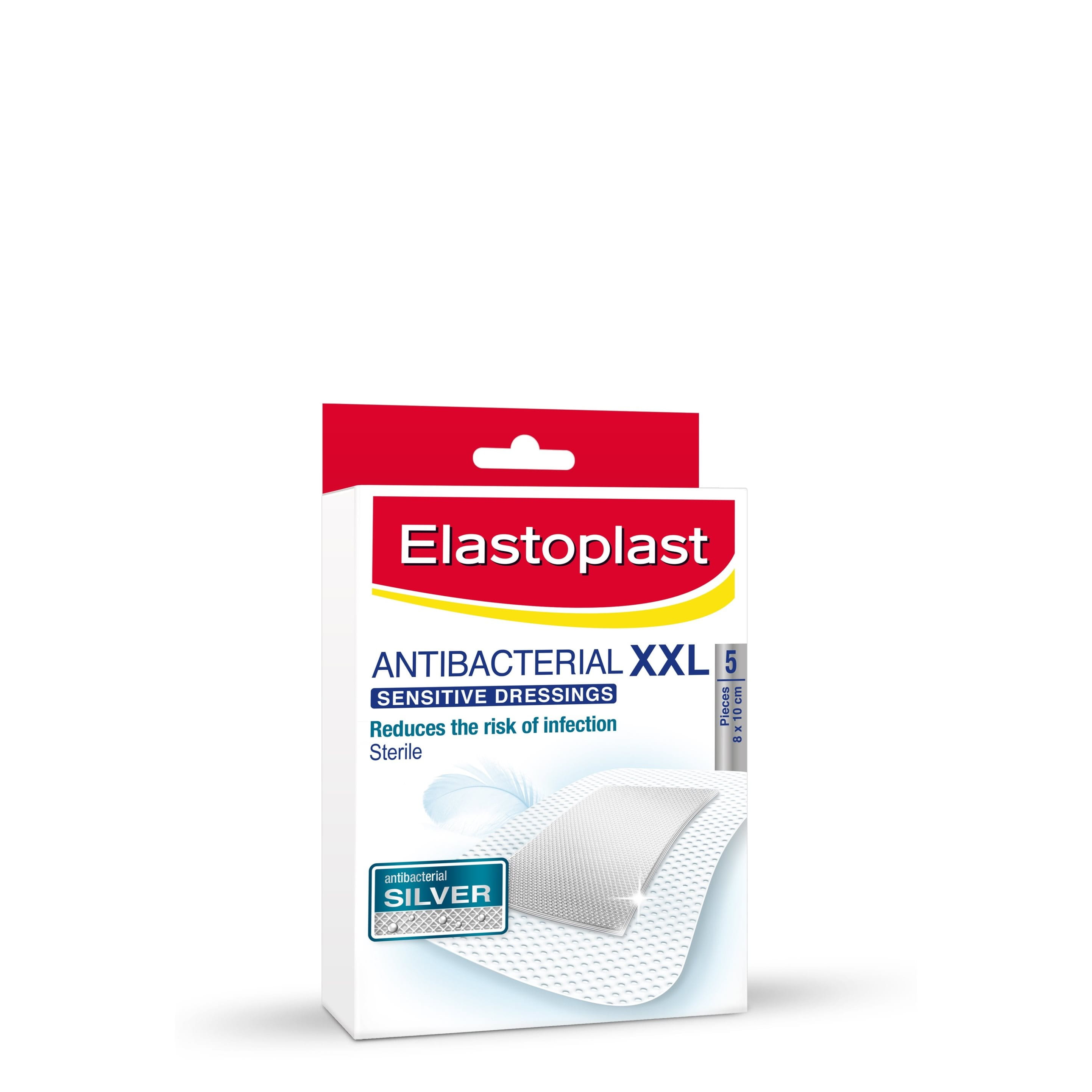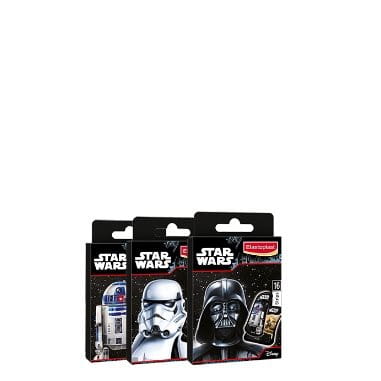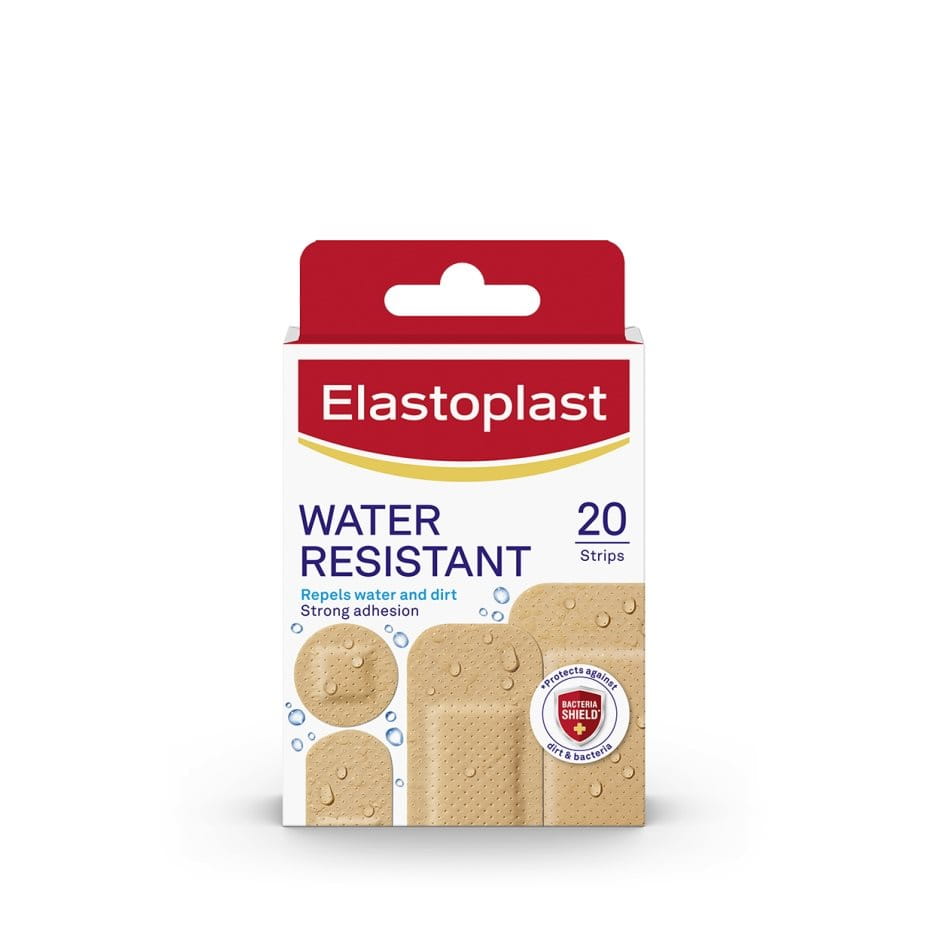Ultra Sensitive Plasters
Product Info
Elastoplast Ultra Sensitive Plasters

*Elastoplast plasters block 99% of dirt and bacteria.
- Breathable
- Pain-free removal
- Sticks securely – even after being repositioned
- Suitable for infants and elderly
The Advanced silicone adhesive technology of Ultra Sensitive range
These extra skin-friendly plasters have been designed to minimize trauma and pain during plaster removal, while ensuring reliable adhesion during wear.
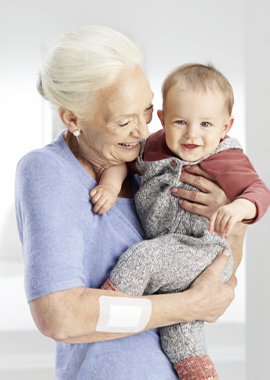
During wear, the silicone gel layer of Ultra Sensitive creates a perfect bond between the plaster and the uneven surface of the skin. As a result, the plaster sticks securely to the skin, even after being repositioned.
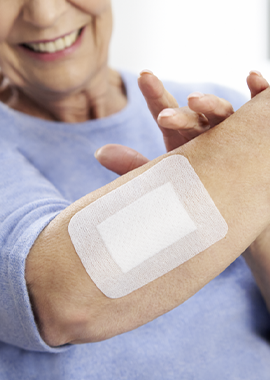
These sensitive plasters are the ideal solution for people with fragile, irritated or sensitive skin who require extra-gentle and soft wound treatment. They’re also an excellent choice when frequent plaster changes are necessary. Ultra Sensitive plasters are the perfect solution for all those experiencing pain or anxiety at plaster removal.
Ultra Sensitive is available in standard, XL and XXL formats for the protection and covering of minor wounds.
Clinical Studies
The efficacy of the Elastoplast Ultra Sensitive plasters has been proved in clinical studies. Interested in knowing more?
*Study data relates to the product Silicone Soft which was the previous name of Ultra Sensitive range
How To Use
Ingredients
All Ingredients
| Product | Type | Size | Quantity | ||||
|---|---|---|---|---|---|---|---|
| Product : |
Ultra Sensitive 8 Strips (assorted) |
Type: |
|
Size: |
30 x 72mm 39 x 39mm |
Quantity: |
6 Strips 2 Strips |
| Product : |
Ultra Sensitive XL 5 Strips (one strip size) |
Type: |
|
Size: |
72 x 50mm |
Quantity: |
5 Strips |
| Product : |
Ultra Sensitive XXL 5 strips (one strip size) |
Type: |
 |
Size: | 100 x 80 mm | Quantity: | 5 strips |
FAQ (8)
-
1. How often should I change my plaster?
It’s recommended to change plasters daily for hygiene. -
2. Can I use Ultra Sensitive more than once?
No, Ultra Sensitive is a single-use product. -
3. How should I apply Ultra Sensitive?
Before applying Ultra Sensitive, wash your hands. Then, clean and dry the area thoroughly, and make sure the skin is free of soap residue or lotion. Peel off the release liner of Ultra Sensitive. Take care not to touch the wound pad. Apply Ultra Sensitive over the wound without stretching the plaster. -
4. How should I remove Ultra Sensitive?
To remove Ultra Sensitive, grasp one edge of the plaster and gently lift the edge. With the other hand, place fingers on the surrounding skin and support removal by holding the skin taut. Gently remove the plaster keeping it close to skin and pull in the direction of hair growth. -
5. Can Ultra Sensitive be repositioned?
If adjustment of the position of the plaster is required, Ultra Sensitive plasters can be repositioned without losing their adhesive power.
-
6. Is it better to let small wounds dry in the fresh air instead of putting on a plaster?
It is one of the wound care myths that keeping minor cuts and grazes uncovered and let air to them helps them to heal faster. The contrary is true! Research shows that covered wounds heal more efficiently and have a reduced risk of infection. Elastoplast products provide protection until the wound is completely healed.
-
7. When should I consult a doctor?
We recommend contacting a medical professional under the following circumstances:
- If the wound is deep and causing major bleeding
- If the wound shows signs of infection such as redness, warmth, pain and swelling
- If there are embedded foreign objects in it
- In case of animal or human bites
- If the wound is in the area of the face
- If there is insufficient tetanus vaccination
- Always when you have questions or are uncertain.
-
8. What if my wound gets infected and suppurates?
You should contact a medical professional if you recognize signs of infection. This is not only the occurrence of pus but also swelling, redness, heat, pain, itching or burning. In case of infection the wound will need medical care and special medical treatment.
